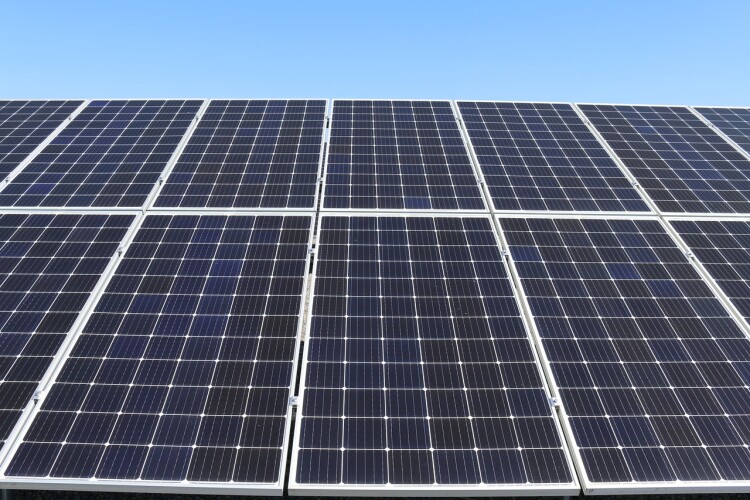This post was originally published on this site
https://www.theconstructionindex.co.uk/assets/news_articles/2025/07/1752472191_solar-panels.jpgA new report from CPRE, formerly the Council for the Preservation of Rural England, reveals that 59% of England’s largest operational solar farms are built on previously productive farmland.
Nearly a third – 31% – of England’s industrial solar estate is on land classified as ‘best and most versatile’ (BMV) agricultural land.
CPRE research examined the 38 operational solar developments that produce more than 30MW of energy. Despite national planning policy designed to protect high-quality farmland, 53% of these sites include BMV land, graded 1-3a under the official aricultural land classification (ALC) system.
Across all operational sites, 827 hectares of BMV land has been covered by solar development. This area includes 45 hectares of Grade 1 ‘excellent’ land, 216 hectares of Grade 2 ‘very good’ land and 566 hectares of Grade 3a ‘good’ land. A further 755 hectares of Grade 3b ‘moderate’ quality farmland is covered by solar panels.
Three operational solar farms – Sutton Bridge in Lincolnshire, Goosehall in East Cambridgeshire and Black Peak Farm in South Cambridgeshire – are located entirely on BMV farmland.

The government’s target is to increase solar capacity from 16.6 GW today to 45-47 GW by 2030. Under current policy scenarios, 60-65% of this capacity could come from large-scale solar farms. These remove critical agricultural areas from food production for up to 60 years. The concentration of high-quality farmland in eastern England has created a corresponding cluster of applications to build mega solar farms. Despite government projections that solar will cover only 0.4% of UK land, the distribution is likely to be uneven. In the parliamentary constituency of Sleaford and North Hykeham, for example, 7% of land is already covered by solar farms.
Previous CPRE research has shown that installing solar panels on the roofs of suitable domestic and industrial buildings, as well as on car parks, could deliver 40-50 GW by 2035 and up to 117 GW by 2050.
CPRE is calling on the government to set a target for at least 60% of solar energy to come from rooftop solar, car parks and brownfield land, and to ban ground-mounted solar on Grade 1 and 2 agricultural land due to its scarcity.
The full report can be found at www.cpre.org.uk/wp-content/uploads/2025/07/Getting-solar-off-the-ground.pdf
Got a story? Email [email protected]


